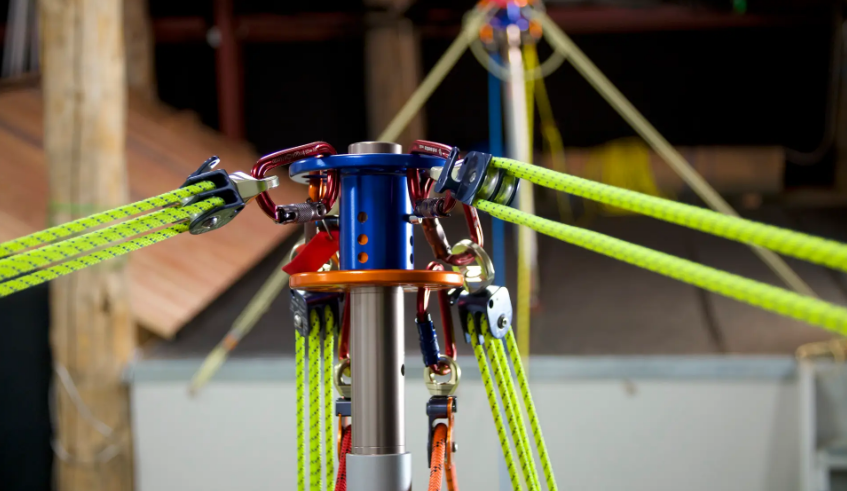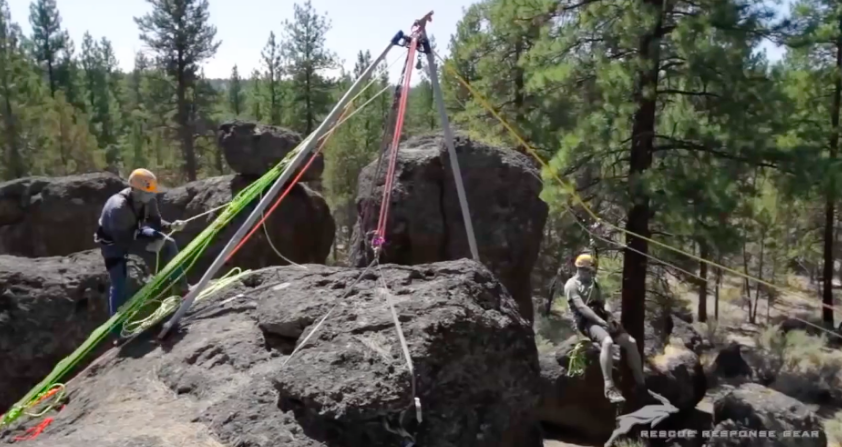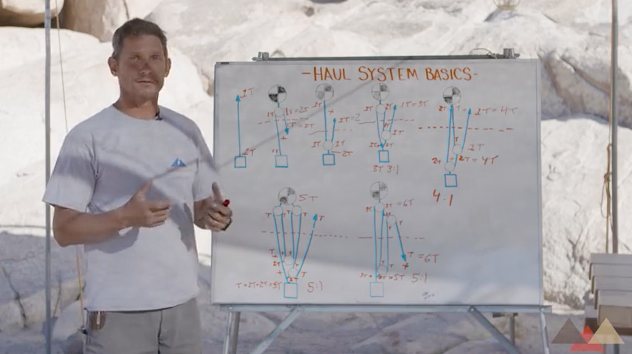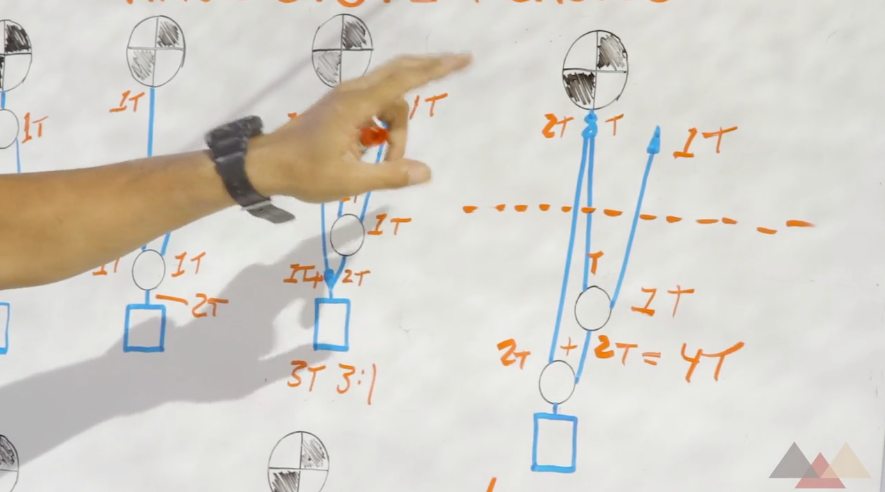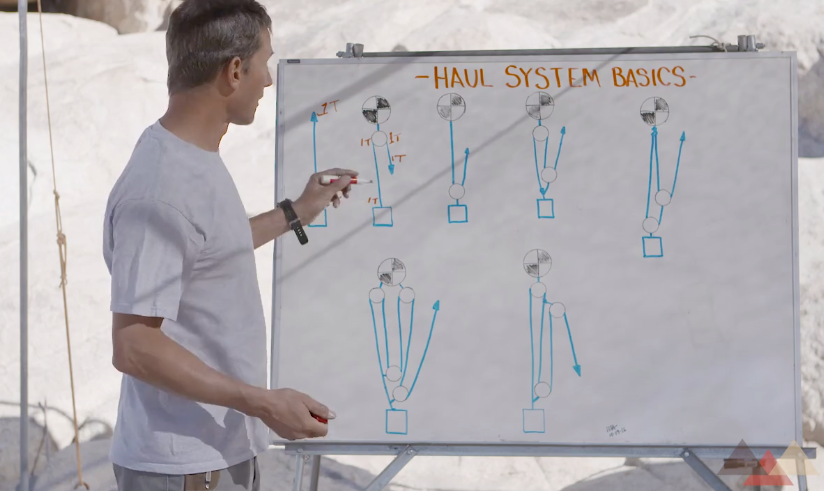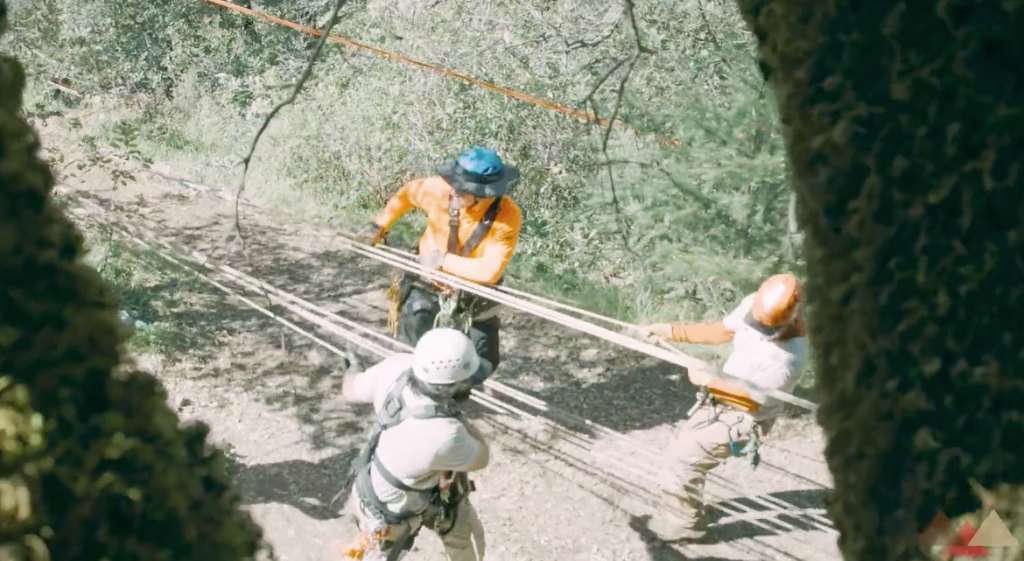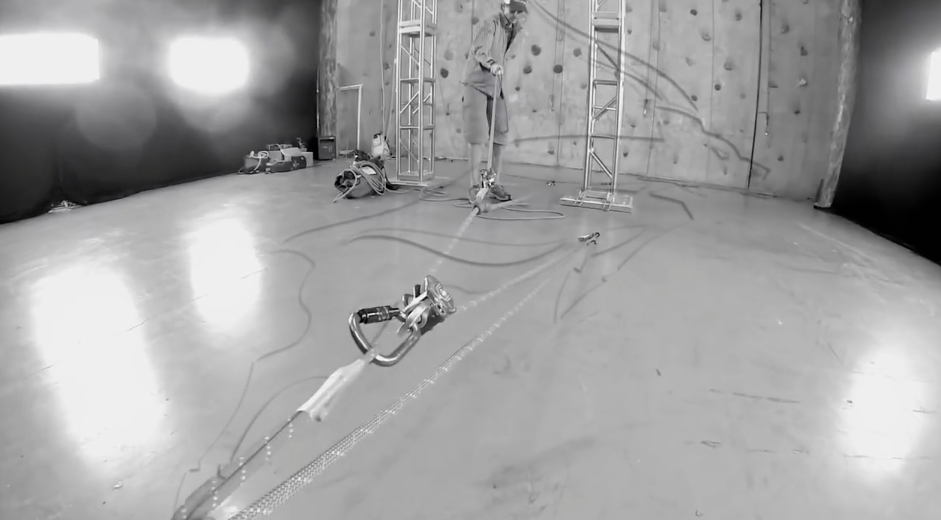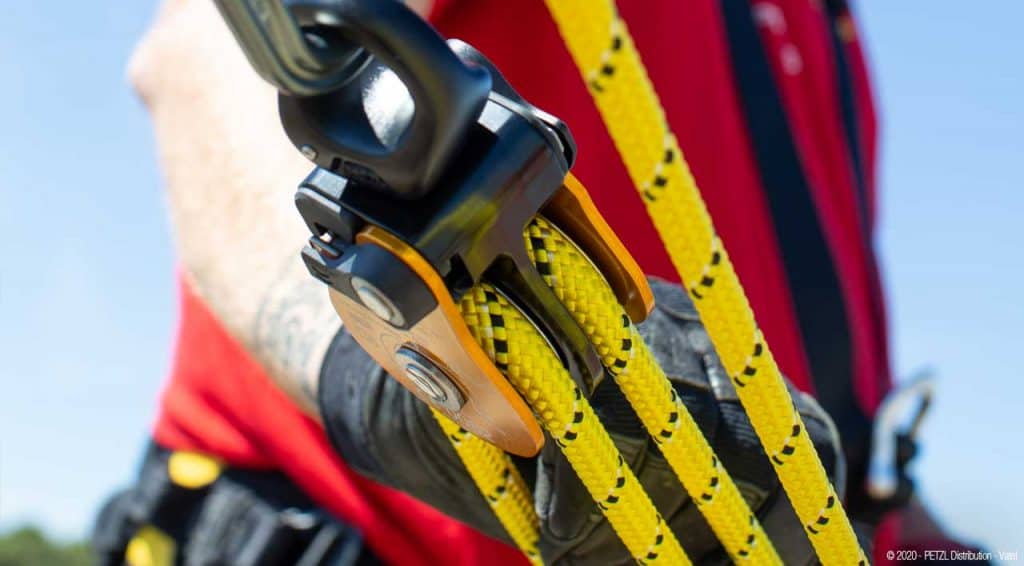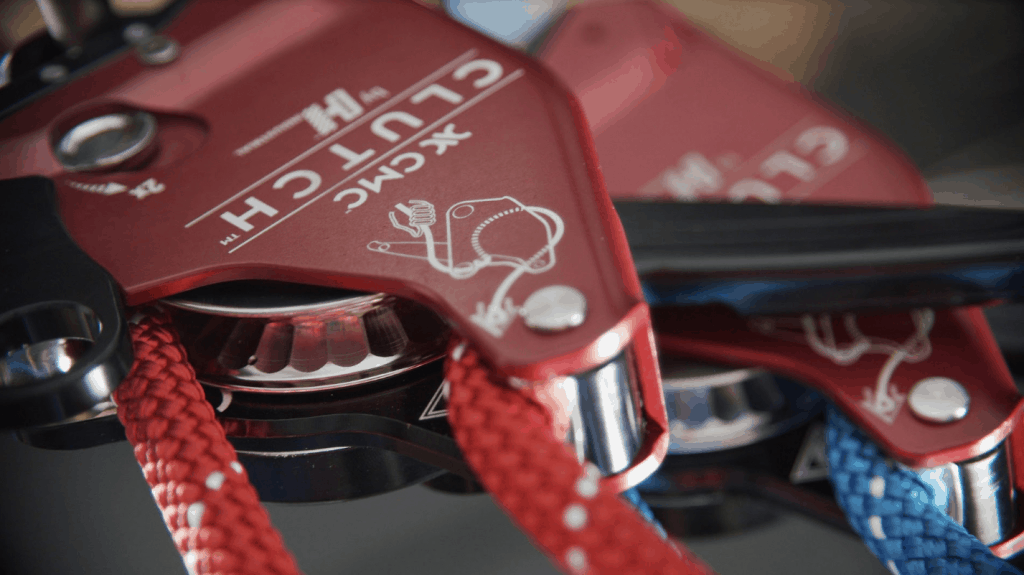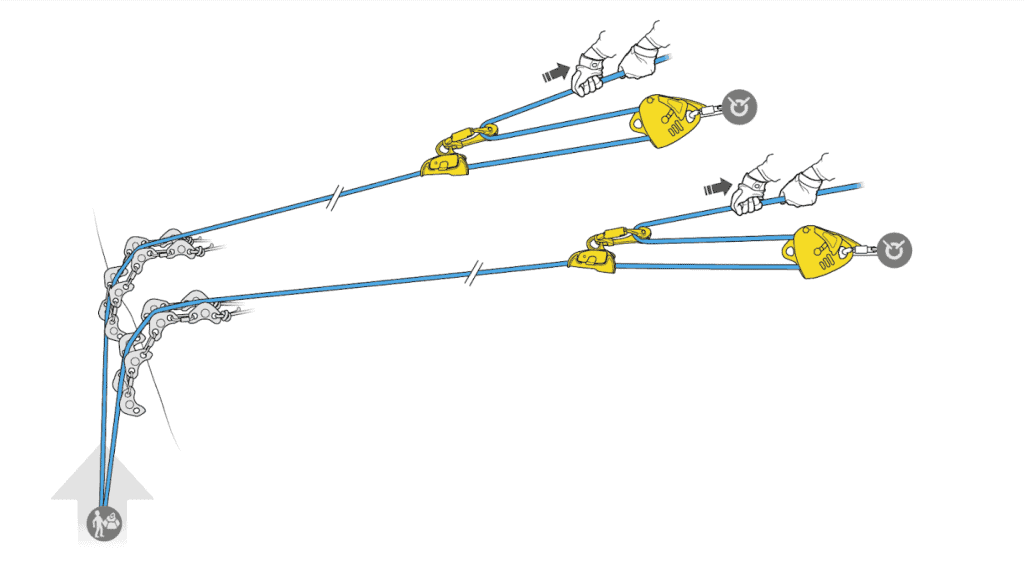Progressing to the Next Level in Understanding Mechanical Advantage Using The T-Method
Kudos goes out to Peak Rescue Institute for the help. The purpose of this lesson is to give the student rescuer a more thorough understanding of mechanical advantage. It will review basic concepts learned in the technician course and add advanced concepts such as the T-method, system efficiency, haul system progressions, and counter-balance haul systems. …
Progressing to the Next Level in Understanding Mechanical Advantage Using The T-Method Read More »

